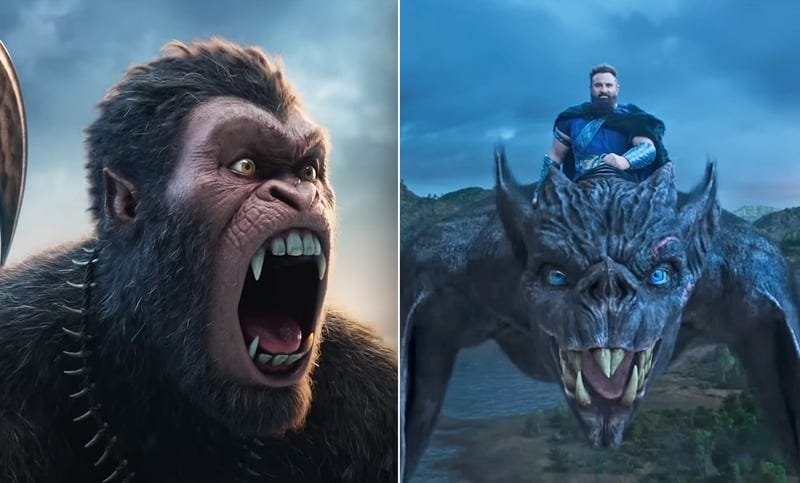
If you’re a film buff, a gamer, or a digital media enthusiast, you must have come across the terms VFX vs SFX. Though both are employed to give us breathtaking visual effects and adrenaline-pumping action shots, they are not the same. Here at Arena Animation Institute Pune, we teach students both of these – but knowing them separately is the gateway to a successful, creative career in the world of entertainment.
What is VFX?
Visual Effects (VFX) is the work of making or altering images using computer software. VFX is primarily a post-production process and encompasses the blending of live-action and computer-generated imagery (CGI) to build scenes that cannot be shot practically or are impossible to shoot in real life.
VFX is primarily used in post-production, where it involves combining live-action footage with CGI (Computer-Generated Imagery) to create believable environments, characters, and effects. These could include futuristic cityscapes, natural disasters, outer space, mythical creatures, and much more.
Common Applications of VFX:
- Adding realistic weather effects, smoke, or explosions
- 3D character, creature, or avatar creation
- Virtual sets and environments construction
- De-aging actors or creating historical events
- Scene cleanup and object removal
- Physics-based effect simulation such as water, fire, or destruction
Types of VFX Techniques:
- Compositing – Combining various visual elements into a seamless scene
- Motion Tracking – Synchronizing CGI elements with live-action footage
- 3D Modeling and Animation – Designing digital objects and characters
- Matte Painting – Building up backgrounds and environments that do not physically exist
- Rotoscoping – Removing or isolating objects frame-by-frame
Why is VFX important?
VFX is a key component of storytelling and visual communication. It enriches the viewing experience, increases creative opportunities for directors, and enables filmmakers to create content that’s visually striking, emotionally resonant, and commercially viable.
At Arena Animation Pune, our VFX training provides students with industry-used tools and actual project experience to become proficient in the art of digital storytelling and visual magic.
Examples of VFX:
• Flying superheroes in Marvel movies
• Destruction scenes in sci-fi movies
• Fantasy worlds in cartoon shows and video games
What is SFX?
Special Effects (SFX) are practical effects made on set physically. They consist of mechanical effects, pyrotechnics, prosthetics, animatronics, and weather simulations. SFX is applied during live-action photography to introduce drama or realism without digital effects.
SFX plays a crucial role in film and television production by enhancing scenes with real-world elements, making them feel authentic, dynamic, and immersive. These effects are carefully planned and executed by trained professionals, often in collaboration with the stunt and makeup teams.
Common SFX Types:
- Mechanical Effects – Props, rigs, and machines that create the illusion of movement (e.g., collapsing walls, flying cars)
- Pyrotechnics – Controlled explosions, sparks, fire, and smoke for action sequences
- Prosthetics and Makeup FX – Realistic wounds, alien or monster looks, aging effects
- Animatronics – Robotic animals or puppets that simulate lifelike movement
- Atmospheric Effects – Artificial rain, wind, fog, snow, and lighting effects
Key SFX Features:
- Physically created on location or on set
- Needs hands-on skill and technical expertise
- Frequently employed in action, horror, fantasy, and thriller films
- Provides real-world interaction for actors and camera
- Needs to be executed with high accuracy and safety measures
Why is SFX Significant?
SFX provides tangible realism and instant visual appeal to a shot. It enables directors to film action sequences without complete dependency on digital alteration, enabling the actors to react more convincingly and saving some post-production time. VFX vs SFX complement each other in most blockbuster films to achieve breathtaking effects.
Learn the Art of SFX at Arena Animation Pune
At Arena Animation Pune, we train students in both conventional special effects methods and contemporary visual effects pipelines. Learning how physical and digital effects support each other is imperative to developing a sound, versatile career in media creation.
Examples of SFX:
- Explosions with controlled pyrotechnics
- Artificial rain or wind machines
- Horror character makeup and prosthetics
Key Differences Between VFX vs SFX
| Feature | VFX (Visual Effects) | SFX (Special Effects) |
| Created | Digitally in post-production | Physically on set |
| Tools | Software like Adobe After Effects, Maya | Props, mechanical rigs, pyrotechnics |
| Cost | Often more cost-effective for complex scenes | Can be expensive and risky |
| Control | Easily editable | Requires precision during shooting |
Why It Matters to Your Career
Both SFX vs VFX are important in today’s content-oriented age. Learning about how they differ and how to combine them can make a multimedia artist or production specialist stand out.
We have industry-focused courses in animation, film editing, multimedia design, and VFX at Arena Animation Pune. Our training curriculum ranges from 3D animation and VFX compositing to on-set practical effects, equipping students for live projects in Bollywood, gaming, advertising, and international cinema.
Learn VFX vs SFX Skills in Pune
Whether you aspire to work in large studios or launch your own creative business, proficiency in both VFX vs SFX provides you with a solid background in media production.
- 100% job-focused courses
- Industry-experienced mentors
- Live projects & portfolio building
- Industry-standard labs and equipment
Join Arena Animation Pune Today
Explore our VFX vs SFX courses in Pune and take the first step toward a high-demand, high-reward career. Book a free counseling session with our expert faculty and start your journey in the dynamic world of visual storytelling.

